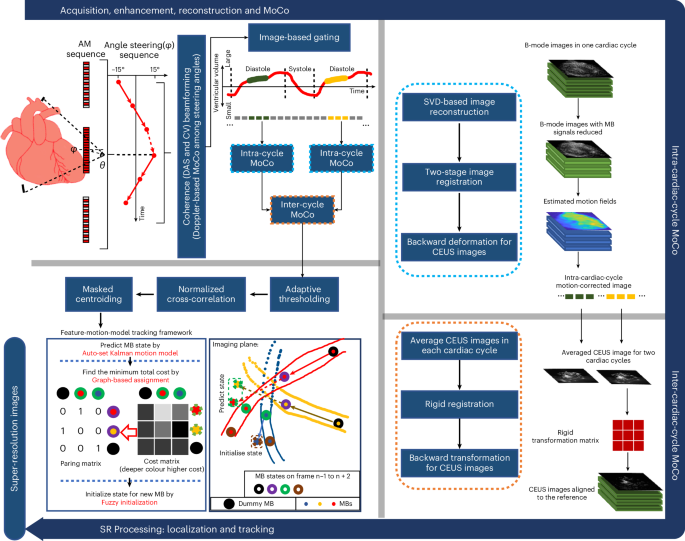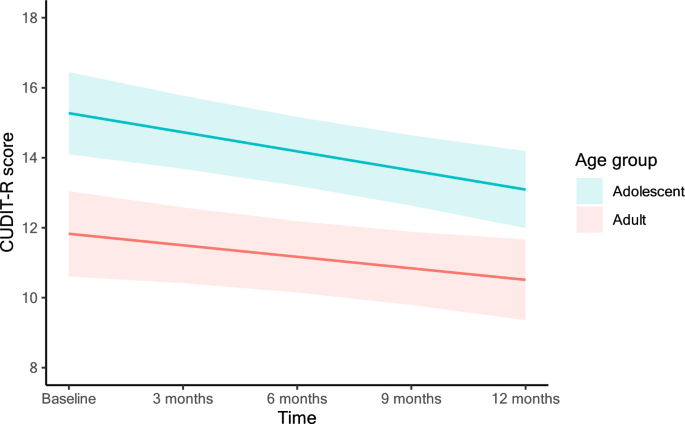2024-05-07 チャルマース工科大学
<関連情報>
- https://news.cision.com/chalmers/r/breakthrough-paves-the-way-for-next-generation-of-vision-implants,c3973944
- https://onlinelibrary.wiley.com/doi/10.1002/adhm.202304169
柔軟な高分子電極がマウスの視覚知覚を安定化させる Flexible Polymer Electrodes for Stable Prosthetic Visual Perception in Mice
Corinne Orlemann, Christian Boehler, Roxana N. Kooijmans, Bingshuo Li, Maria Asplund, Pieter R. Roelfsema
Advanced Healthcare Materials Published: 07 February 2024
DOI:https://doi.org/10.1002/adhm.202304169

Abstract
Brain interfaces that can stimulate neurons, cause minimal damage, and work for a long time will be central for future neuroprosthetics. Here, the long-term performance of highly flexible, thin polyimide shanks with several small (<15 µm) electrodes during electrical microstimulation of the visual cortex, is reported. The electrodes exhibit a remarkable stability when several billions of electrical pulses are applied in vitro. When the devices are implanted in the primary visual cortex (area V1) of mice and the animals are trained to detect electrical microstimulation, it is found that the perceptual thresholds are 2–20 microamperes (µA), which is far below the maximal currents that the electrodes can withstand. The long-term functionality of the devices in vivo is excellent, with stable performance for up to more than a year and little damage to the brain tissue. These results demonstrate the potential of thin floating electrodes for the long-term restoration of lost sensory functions.


